Picture this: You’re visiting Australia for the first time, and you spot a spider the size of a dinner plate casually strolling across your hotel room wall. Your heart races, palms sweat, and you’re ready to book the next flight home. Meanwhile, your Australian friend walks over, gently scoops up the eight-legged giant with their bare hands, and carries it outside like it’s no big deal. Welcome to the land Down Under, where spiders are as common as kangaroos and about as threatening as a cup of tea to the locals.
While the rest of the world shivers at the thought of Australia’s legendary arachnids, Australians have developed something remarkable: a culture of spider acceptance that borders on affection. This isn’t reckless bravado or misplaced confidence. It’s the result of generations of coexistence, education, and a deep understanding that most of these creatures are far more beneficial than dangerous.
Growing Up With Eight-Legged Neighbors

Australian children don’t learn to fear spiders the way kids in other countries might. Instead, they grow up with huntsman spiders making themselves at home in the corners of bedrooms and redbacks setting up shop in garden sheds. This early exposure creates a fundamental shift in perspective that shapes their entire relationship with arachnids.
Parents in Australia often teach their children to identify dangerous species while maintaining a healthy respect for all spiders. This educational approach replaces fear with knowledge, creating generations of Australians who can confidently distinguish between a harmless huntsman and a potentially dangerous funnel-web spider. The result is a population that responds with curiosity rather than panic when encountering these creatures.
The Reality Behind the Reputation
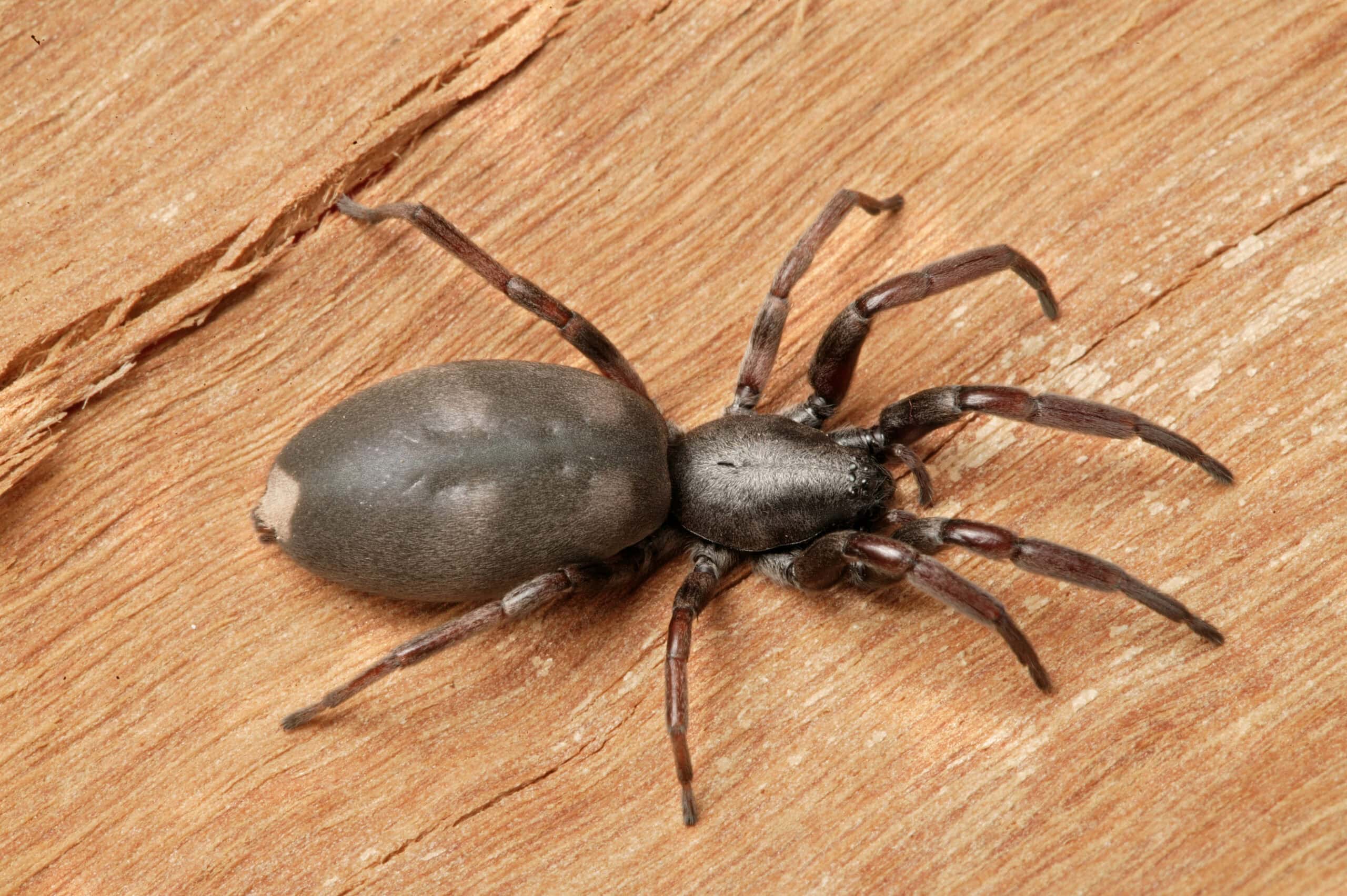
Australia’s spider reputation is largely built on myth and media sensationalism. While the continent is home to some of the world’s most venomous species, the actual number of dangerous encounters is remarkably low. Most Australian spiders are either completely harmless or pose minimal threat to humans, despite their intimidating appearance.
The statistics tell a compelling story: Australia records fewer than five spider bite deaths per decade, with most fatalities occurring before the development of modern antivenoms. Compare this to the hundreds of deaths from bee stings, car accidents, or even falling coconuts worldwide, and the spider threat becomes almost negligible. This data-driven understanding helps explain why Australians maintain such a relaxed attitude toward their arachnid neighbors.
Huntsman Spiders: The Gentle Giants
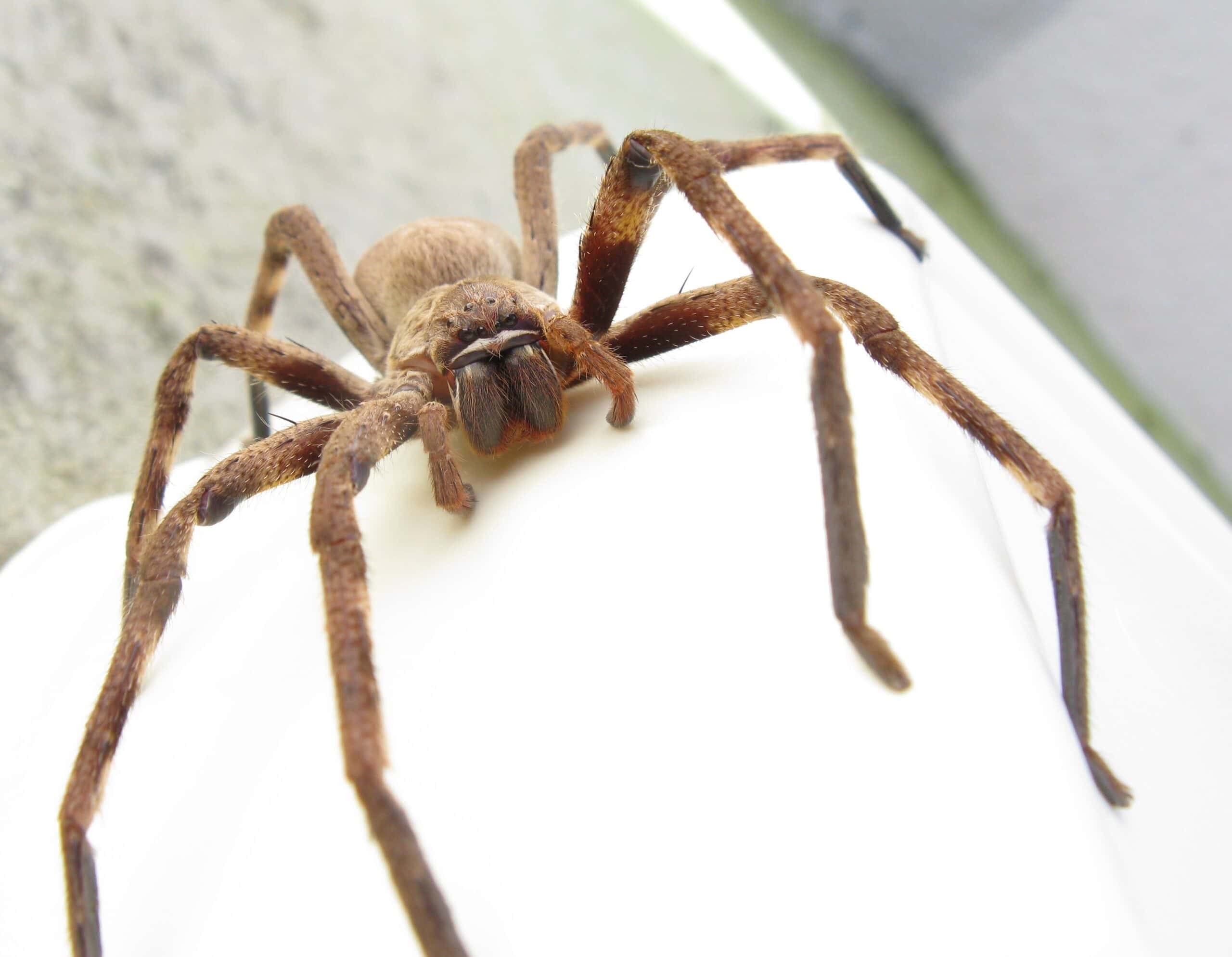
The huntsman spider, often mistaken for a tarantula by terrified tourists, perfectly exemplifies why Australians aren’t afraid of spiders. These impressive creatures, with leg spans reaching up to 12 inches, look absolutely terrifying but are essentially harmless to humans. They’re like the gentle giants of the spider world, preferring to hunt cockroaches and other pests rather than bother with humans.
Many Australian households have unofficial “pet” huntsman spiders that take up residence in corners or behind picture frames. These spiders are often given names and are considered beneficial roommates because they control genuine pest populations. Their presence is so accepted that relocating them when cleaning is done with the same casual attitude as moving a houseplant.
Garden Orb Weavers: Nature’s Architects
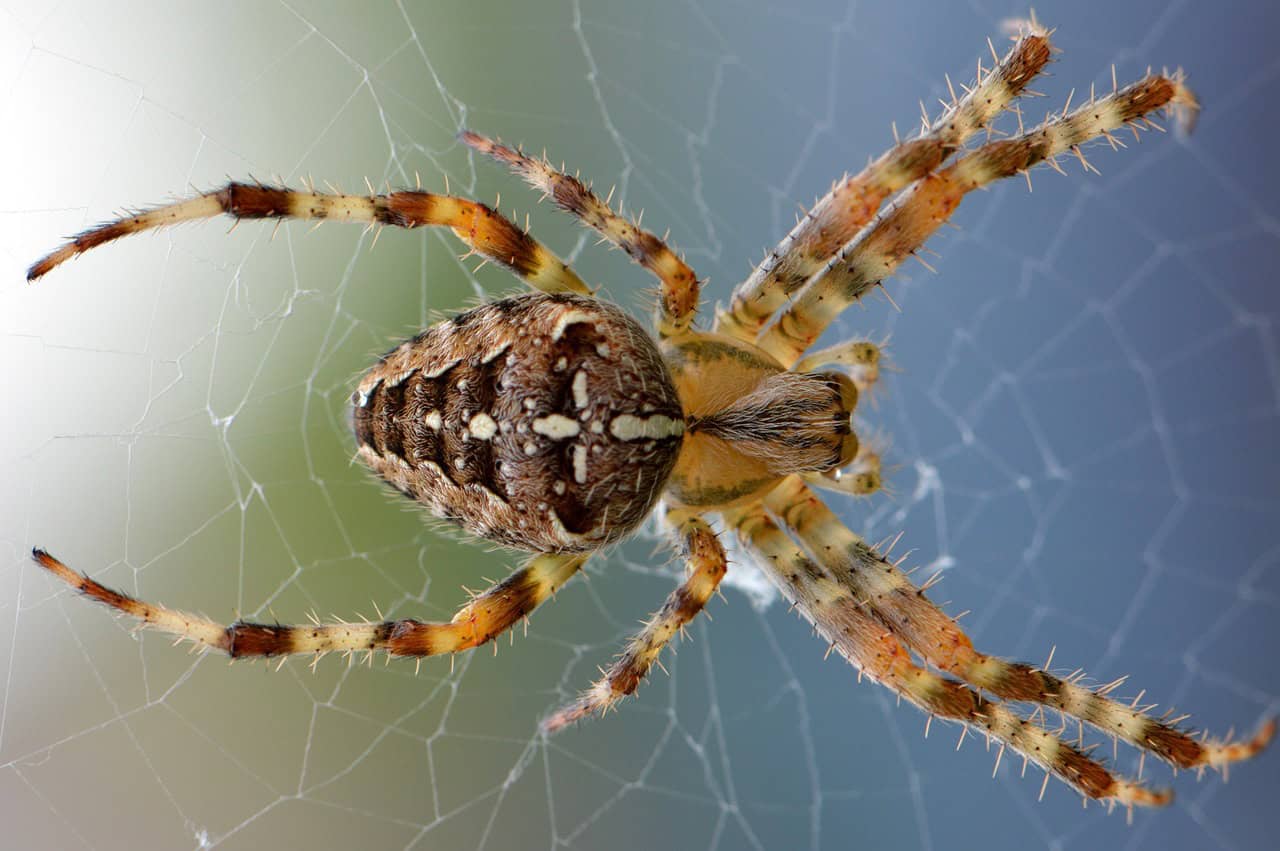
Australia’s garden orb weavers create some of the most spectacular spider webs in the world, and locals have learned to appreciate them as living artwork. These spiders construct intricate webs that can span several feet, often positioned strategically to catch flying insects around outdoor lighting. Rather than destroying these webs, many Australians work around them, understanding their ecological value.
The golden orb weaver, in particular, has become something of a national treasure. Their webs shimmer with a golden hue in sunlight, creating natural decorations that many homeowners actually preserve. This appreciation for spider craftsmanship reflects a broader cultural shift toward valuing these creatures as part of Australia’s natural heritage rather than viewing them as threats.
Wolf Spiders: The Misunderstood Hunters
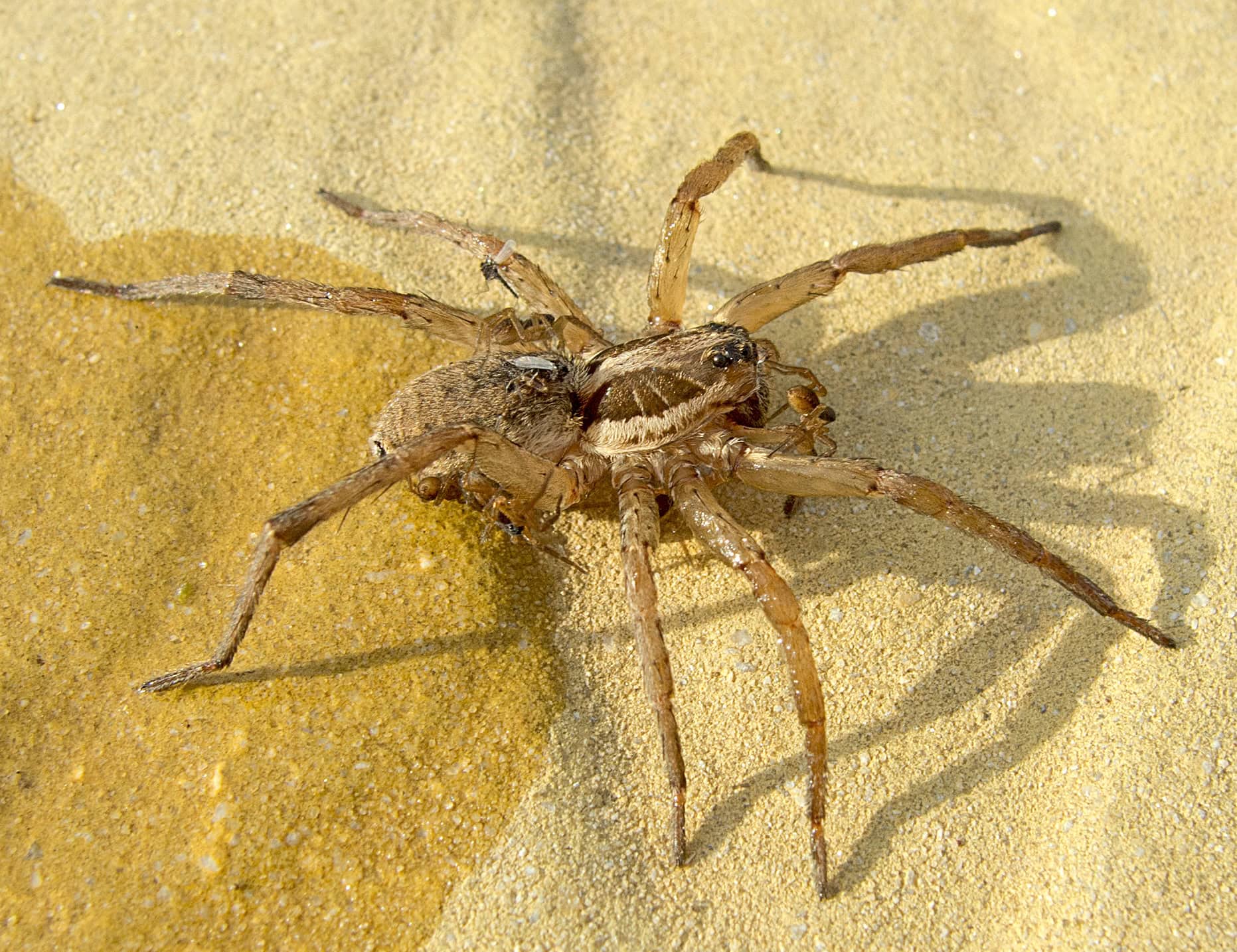
Wolf spiders, with their robust build and active hunting style, often startle people who expect all spiders to stay put in webs. These ground-dwelling hunters are actually incredibly beneficial, controlling populations of genuinely harmful insects and other pests. Australian farmers, in particular, have developed a deep appreciation for wolf spiders’ pest control services.
Unlike their fearsome appearance suggests, wolf spiders are generally docile and prefer to flee rather than fight when encountered by humans. Their bite, while potentially painful, is not medically significant for most people. This knowledge has helped rural Australians develop a practical relationship with these spiders, seeing them as valuable allies in maintaining ecological balance rather than threats to be eliminated.
Redback Spiders: Respect Without Fear
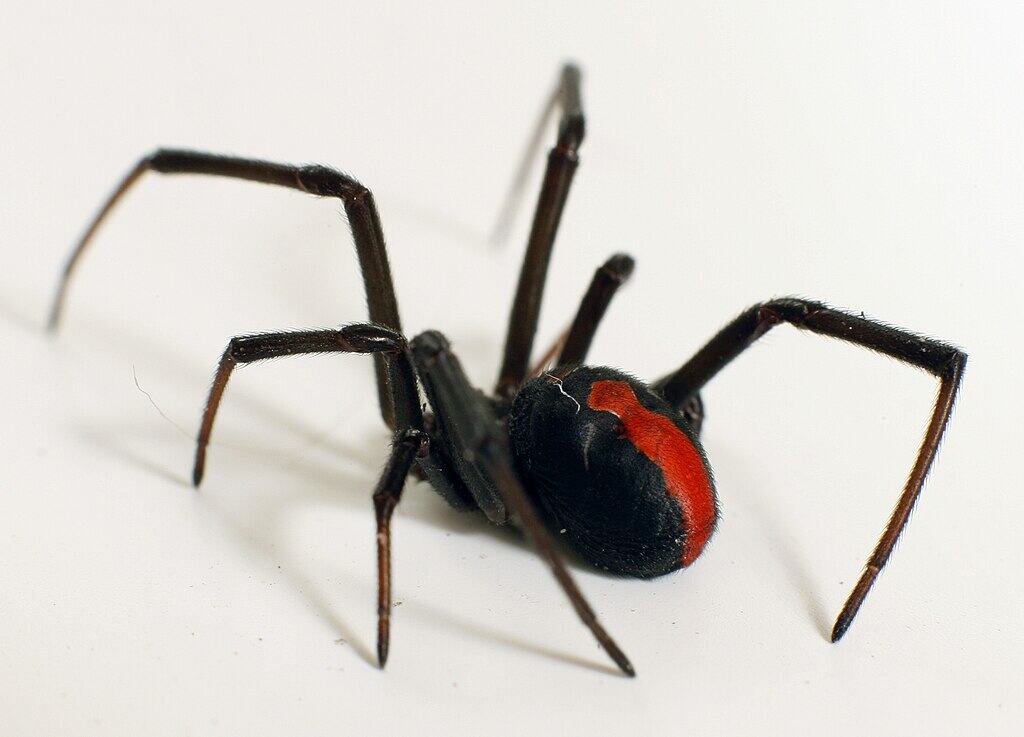
The redback spider represents one of Australia’s genuinely dangerous species, yet even these venomous arachnids don’t inspire the terror you might expect. Australians have learned to live alongside redbacks through education and simple prevention measures. These spiders prefer dark, undisturbed areas and are easily avoided with basic precautions.
Most Australians know to check outdoor furniture, garden tools, and storage areas before use, especially in areas where redbacks commonly shelter. This practical approach has reduced bite incidents significantly. When bites do occur, modern medical treatment is highly effective, and deaths are extremely rare. The key is treating redbacks with appropriate caution rather than paralyzing fear.
Sydney Funnel-Web: The Exception That Proves the Rule
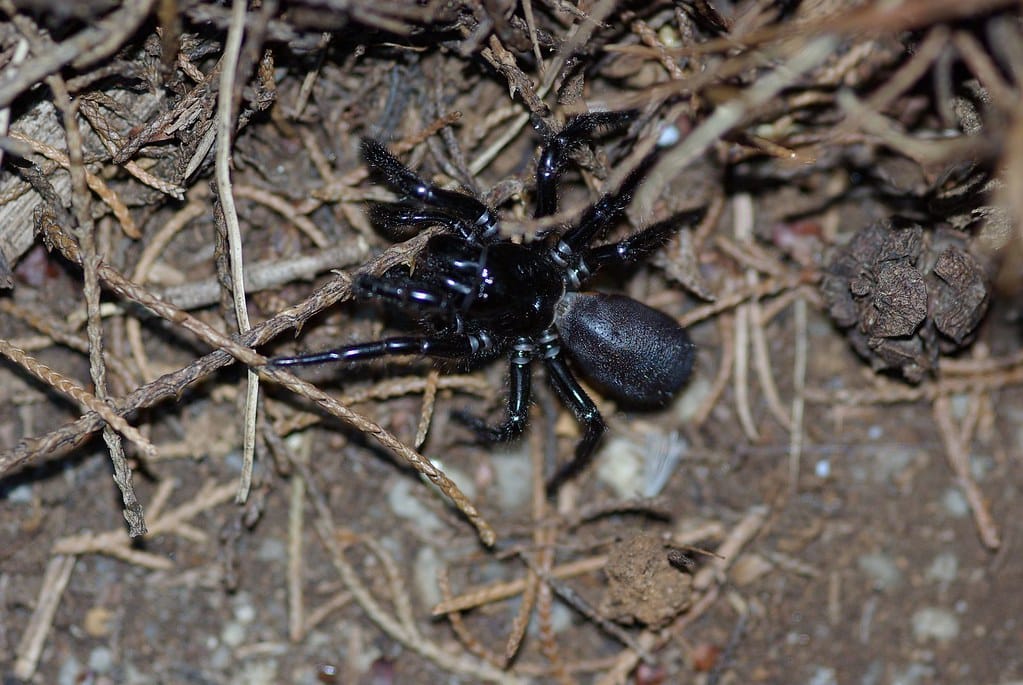
Even Australia’s most dangerous spider, the Sydney funnel-web, doesn’t send locals into a panic. This spider, capable of delivering a potentially fatal bite, is actually quite rare and geographically limited. Most Australians outside the Sydney region will never encounter one, and those who live in funnel-web territory have developed effective strategies for coexistence.
The development of effective antivenom in 1981 transformed the relationship between Sydneysiders and funnel-web spiders. While residents maintain healthy respect for these creatures, the knowledge that bites are treatable has removed much of the terror. Modern Sydney homes often include simple modifications to discourage funnel-web spiders, demonstrating how practical solutions can replace fear-based responses.
Jumping Spiders: The Charismatic Performers
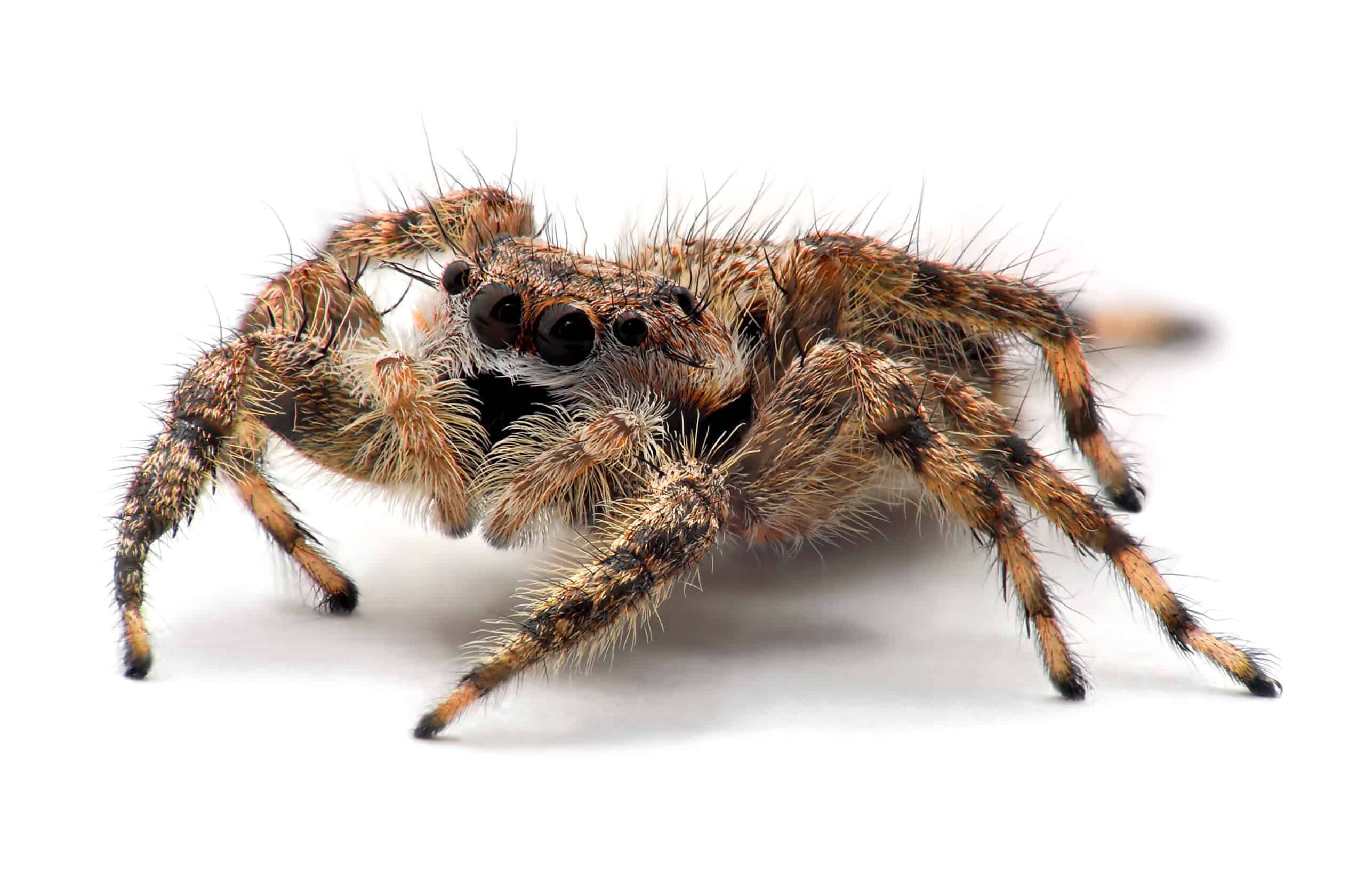
Australia’s jumping spiders have perhaps done more to change attitudes toward arachnids than any other species. These tiny performers, with their large eyes and curious behaviors, are genuinely endearing to watch. They display complex behaviors, including elaborate mating dances that rival any nature documentary.
Many Australians actively seek out jumping spiders in their gardens, treating them as natural entertainment. These spiders are completely harmless to humans and display remarkable intelligence for their size. Their presence in Australian gardens is so valued that some gardeners create specific habitats to attract them, viewing them as both pest controllers and delightful neighbors.
White-Tail Spiders: Debunking the Myths
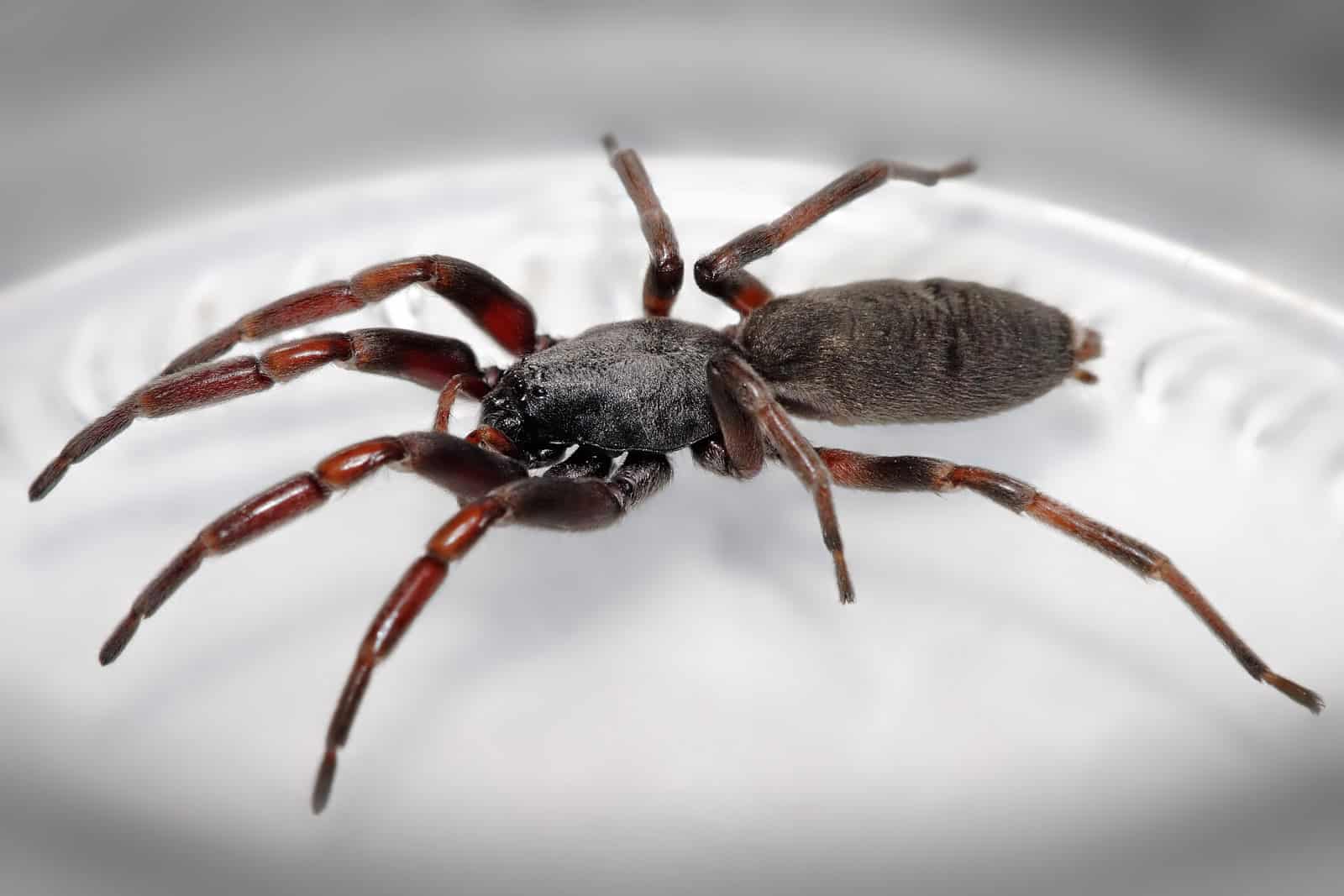
White-tail spiders have been the subject of numerous urban legends, with their bites falsely blamed for necrotic flesh wounds. Modern medical research has thoroughly debunked these myths, yet the legends persist outside Australia. Within the country, however, locals have largely moved beyond these misconceptions, understanding that white-tail bites are generally no more serious than bee stings.
This shift in understanding represents a broader Australian approach to spider myths: skepticism backed by scientific evidence. Rather than perpetuating fear-based stories, Australians increasingly rely on factual information from medical professionals and arachnologists. This evidence-based approach has significantly reduced unnecessary anxiety about spider encounters throughout the country.
Trapdoor Spiders: The Underground Engineers
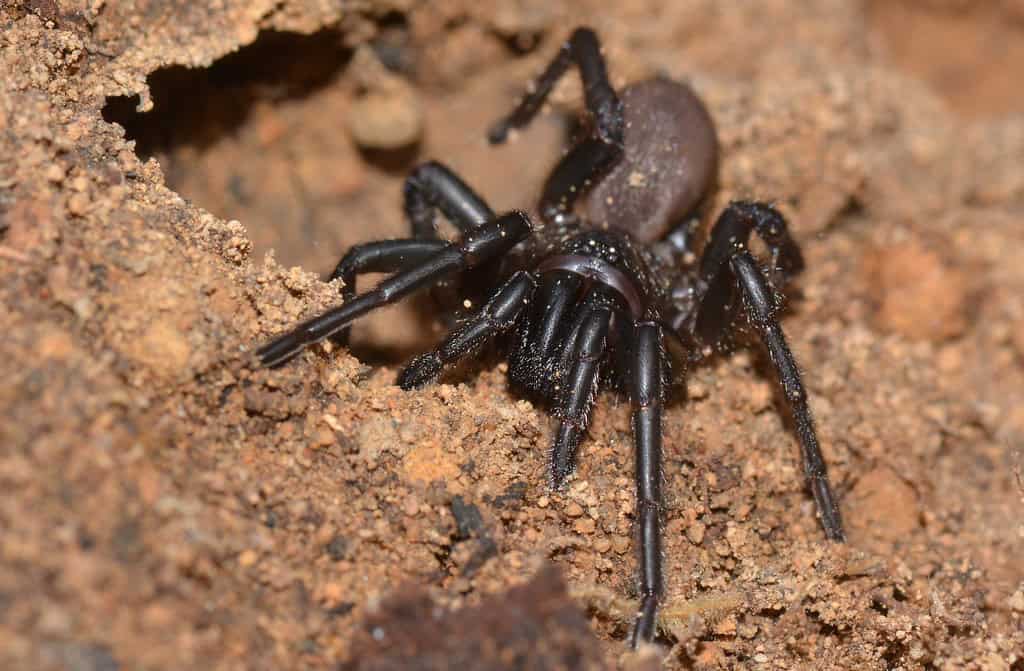
Trapdoor spiders showcase another fascinating aspect of Australian arachnid diversity that locals have learned to appreciate. These master engineers construct elaborate burrows with hinged doors that are nearly invisible when closed. Finding an active trapdoor spider burrow is considered a lucky discovery by many nature-loving Australians.
These spiders are completely harmless to humans and represent incredible evolutionary adaptation. Their burrows can last for decades, becoming part of the landscape’s natural architecture. Many Australian naturalists actively search for trapdoor spider burrows during nature walks, treating them as natural treasures rather than objects of fear.
Daddy Long-Legs: The Harmless Helpers
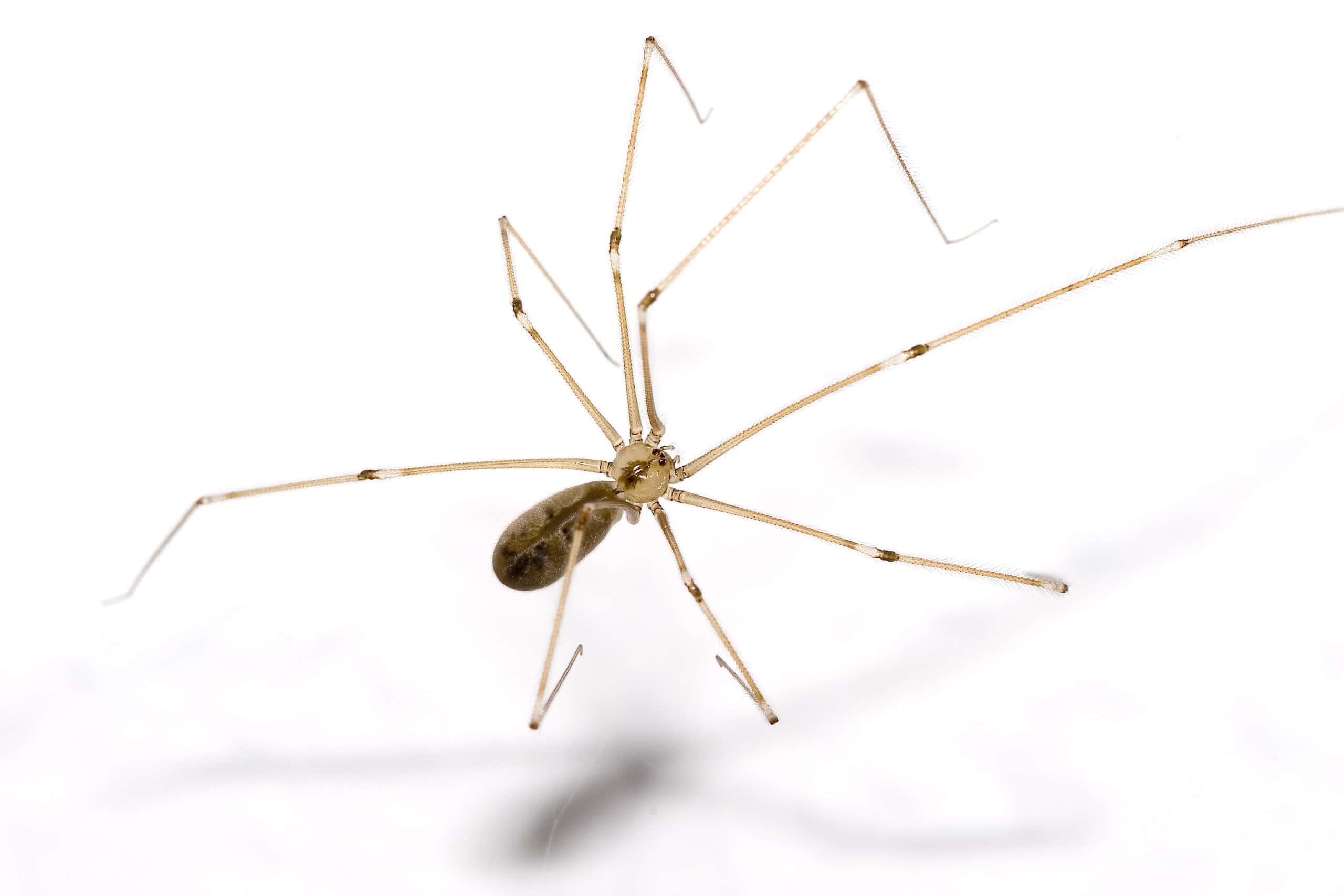
Perhaps no spider demonstrates Australian attitude better than the common daddy long-legs spider. These delicate creatures, with their impossibly thin legs and tiny bodies, are found in virtually every Australian home. Despite persistent myths about their supposed toxicity, these spiders are completely harmless and incredibly beneficial.
Daddy long-legs spiders are natural pest controllers, feeding on other spiders, flies, and various insects. Most Australians not only tolerate their presence but actively protect them, understanding their role in maintaining household ecological balance. It’s common to see these spiders in Australian bathrooms, where they help control more problematic insects while posing no threat to human inhabitants.
St. Andrew’s Cross Spiders: Living Garden Decorations

The St. Andrew’s cross spider, named for its distinctive web pattern, has become a beloved fixture in Australian gardens. These spiders create visually striking webs with distinctive white zigzag patterns called stabilimenta. Rather than destroying these webs, many Australian gardeners consider them natural ornaments that enhance their outdoor spaces.
These spiders are completely harmless and play crucial roles in controlling flying pest populations. Their webs are often left undisturbed during garden maintenance, with landscaping done around them rather than through them. This respectful coexistence demonstrates how Australians have learned to value spiders as part of their natural environment rather than viewing them as nuisances to be eliminated.
Spiders in Australian Schools: Education Over Fear

Australian schools have developed comprehensive spider education programs that teach children to identify, understand, and respect local arachnids. These programs emphasize scientific facts over frightening myths, creating generations of Australians who approach spiders with knowledge rather than fear. Students learn about spider behavior, identification, and appropriate responses to encounters.
Many Australian schools maintain spider gardens where students can observe these creatures in natural settings. These hands-on educational experiences help children understand that spiders are complex, interesting animals rather than monsters to be feared. The result is a population that grows up with scientific understanding rather than cultural phobias about arachnids.
Medical Advances: Modern Antivenoms and Treatment

Australia’s medical system has developed some of the world’s most effective spider bite treatments, significantly reducing the danger posed by venomous species. Modern antivenoms are highly effective for both funnel-web and redback spider bites, with successful treatment rates approaching 100% when administered promptly. This medical security has greatly reduced public anxiety about spider encounters.
Australian hospitals are well-equipped to handle spider bites, with clear protocols for identification and treatment. Emergency medical personnel receive specific training in spider bite management, ensuring rapid, effective responses. This medical preparedness means that even encounters with dangerous species rarely result in serious complications, reinforcing public confidence in living alongside these creatures.
Pest Control: Spiders as Natural Allies

Australian farmers and gardeners have long recognized spiders as valuable allies in pest control. A single spider can consume thousands of insects per year, including many species that damage crops or spread disease. This understanding has led to agricultural practices that protect spider populations rather than eliminate them, recognizing their economic value.
Many Australian agricultural operations specifically encourage spider populations through habitat management and reduced pesticide use. This approach has proven both environmentally and economically beneficial, with spider populations helping control pest insects that would otherwise require expensive chemical treatments. The result is a practical partnership between humans and arachnids that benefits both parties.
Cultural Shift: From Fear to Fascination

Australia has experienced a remarkable cultural transformation in attitudes toward spiders over the past few decades. This shift represents a move from fear-based responses to science-based understanding, with younger generations particularly embracing a more positive relationship with arachnids. Social media has played a role in this transformation, with Australians sharing impressive spider photos and videos that highlight their beauty and interesting behaviors.
This cultural evolution extends beyond simple tolerance to genuine appreciation. Many Australians now actively seek out spider encounters, participating in citizen science projects that document spider populations and behaviors. This engagement has created a feedback loop where increased knowledge leads to decreased fear, which in turn generates more interest and understanding.
Urban Planning: Designing for Coexistence

Australian cities have begun incorporating spider-friendly design principles into urban planning, recognizing these creatures as important components of healthy urban ecosystems. This approach includes preserving green spaces where spiders can thrive, designing buildings that accommodate natural spider habitats, and educating residents about the benefits of urban spider populations.
Many Australian suburbs now feature “spider corridors” – green spaces that connect different habitats and allow spider populations to move freely through urban areas. These corridors not only support spider populations but also help control urban pest insects, creating more pleasant living environments for human residents. This integration of ecological principles into urban design represents a sophisticated approach to human-wildlife coexistence.
Tourism: Turning Fear into Attraction

Australia’s tourism industry has cleverly transformed the country’s spider reputation from a deterrent into an attraction. Spider tours, arachnid education centers, and wildlife parks now offer visitors opportunities to learn about these creatures in controlled, educational settings. These experiences help international visitors understand why Australians aren’t afraid of spiders while generating tourism revenue.
Many tour operators now offer specialized spider-watching experiences, particularly in regions known for diverse arachnid populations. These tours combine education with adventure, teaching visitors about spider behavior, identification, and ecological importance. The result is often a complete transformation in visitor attitudes, with many tourists leaving Australia with newfound respect for these remarkable creatures.
Scientific Research: Australia’s Arachnid Discoveries

Australia continues to lead the world in spider research, with new species discoveries and behavioral studies regularly expanding our understanding of these creatures. Australian universities and research institutions have developed sophisticated programs studying spider biology, behavior, and ecology, contributing valuable knowledge to global scientific understanding.
This research has practical applications beyond academic interest, informing medical treatments, agricultural practices, and conservation efforts. Australian scientists have made breakthrough discoveries in spider venom research, leading to potential medical applications including pain medications and neurological treatments. This scientific leadership reinforces Australia’s position as a global authority on spider biology and management.
Conservation Efforts: Protecting Spider Diversity

Australia has implemented comprehensive conservation programs to protect spider diversity, recognizing these creatures as important components of natural ecosystems. These efforts include habitat protection, species monitoring, and public education programs designed to increase appreciation for spider conservation. Many Australian conservation organizations now include spider protection as part of their broader environmental missions.
Several Australian spider species are now protected under conservation legislation, with specific programs designed to preserve their habitats and populations. These conservation efforts often involve collaboration between government agencies, research institutions, and local communities, demonstrating the broad support for spider protection throughout Australian society. The success of these programs reflects a fundamental shift in how Australians view their relationship with these creatures.
Conclusion
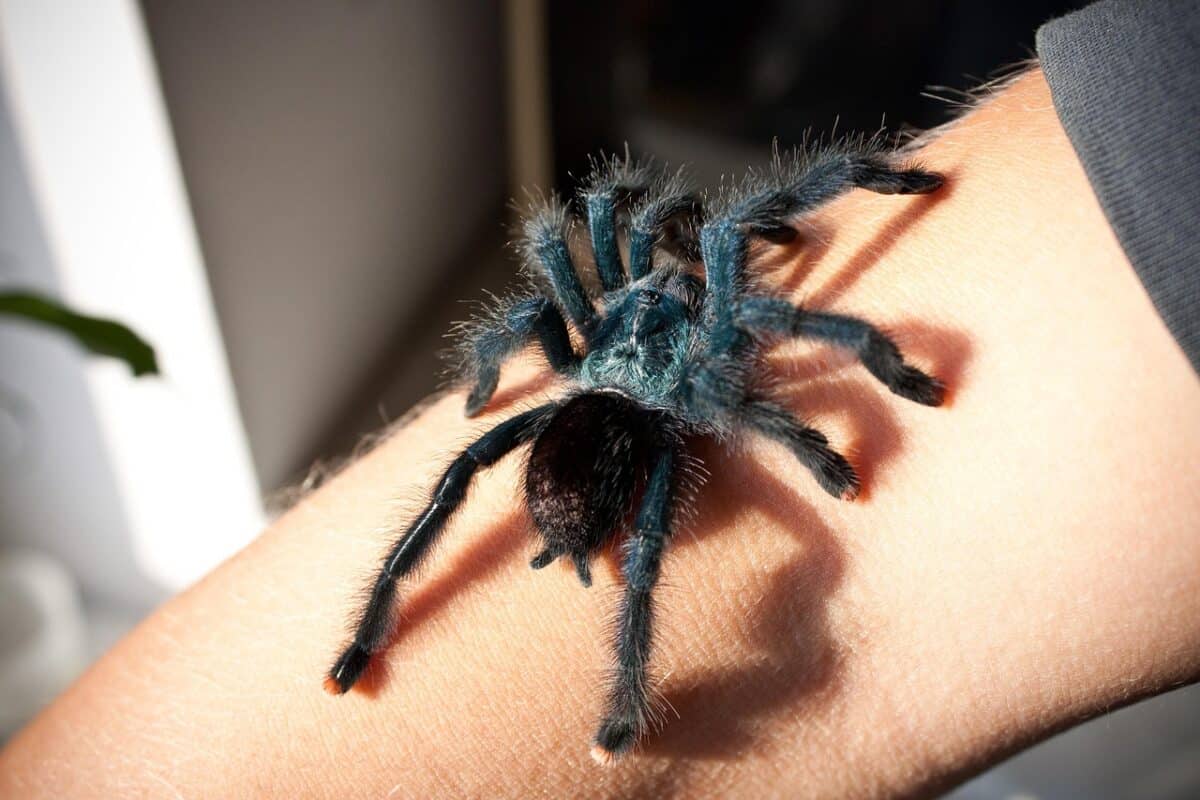
Australia’s relationship with spiders represents one of the most remarkable examples of human adaptation and cultural evolution in the modern world. While other countries continue to view these creatures with suspicion and fear, Australians have developed a sophisticated understanding based on science, experience, and practical coexistence. This transformation didn’t happen overnight – it’s the result of generations of education, medical advances, and cultural shifts that have fundamentally changed how an entire nation relates to some of nature’s most misunderstood creatures.
The Australian approach offers valuable lessons for other countries dealing with their own wildlife challenges. By replacing fear with education, myth with science, and elimination with coexistence, Australia has created a model that could be applied to human-wildlife relationships worldwide. Their success demonstrates that even the most deeply ingrained fears can be overcome through knowledge, understanding, and respect for the natural world.
Perhaps most importantly, Australia’s spider story shows us that living in harmony with nature doesn’t require eliminating perceived threats – it requires understanding them. When we take the time to learn about the creatures that share our world, we often discover that they’re not the monsters we imagined, but remarkable partners in maintaining the delicate balance of our ecosystems. Have you ever wondered what other “scary” creatures might actually be misunderstood allies waiting for us to give them a chance?
- This Bat Colony Is the Largest Mammal Gathering in North America - August 7, 2025
- These Giant Jellyfish Keep Washing Up on U.S. Beaches - August 7, 2025
- This Animal Sleeps with One Eye Open — Literally - August 7, 2025

